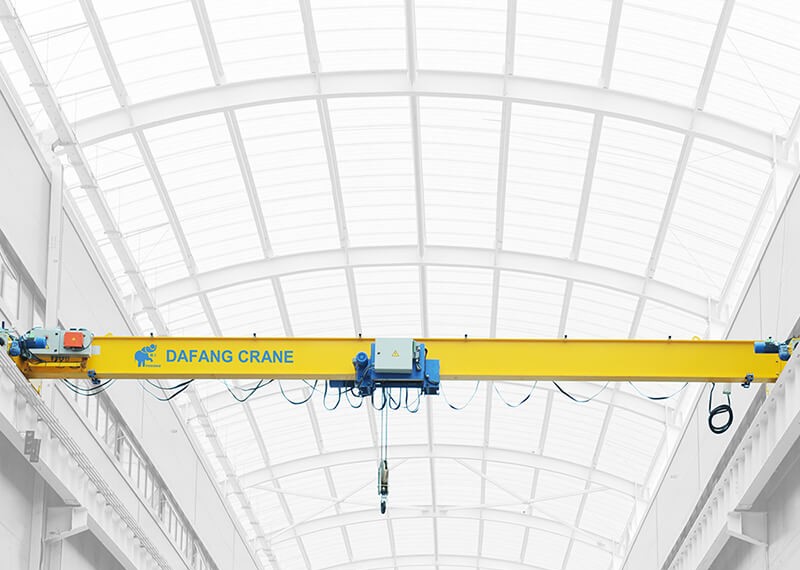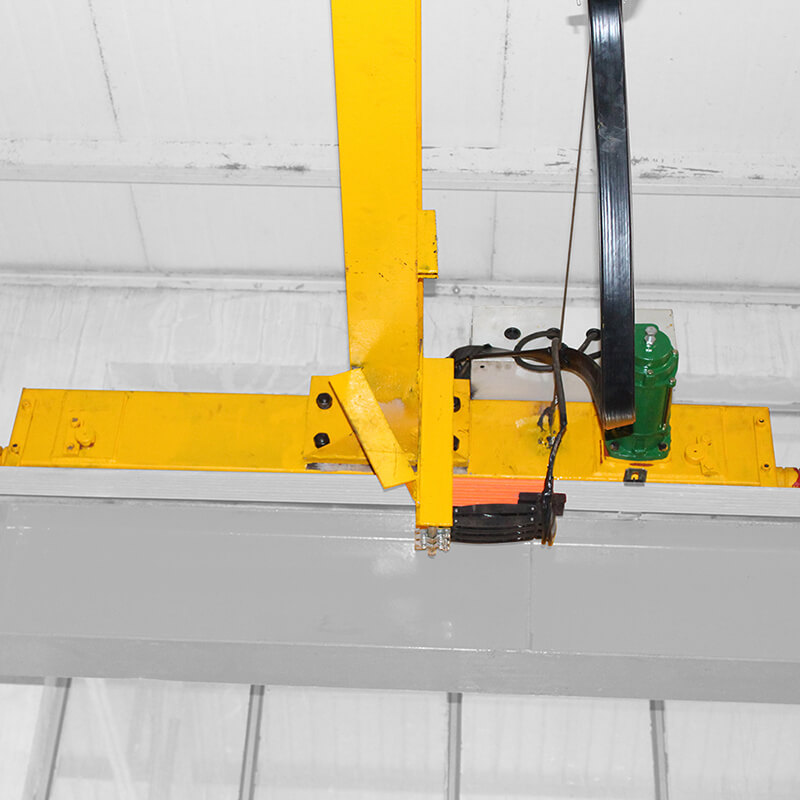
Crane Operation and Wireless Controls
Wireless remote radio control is an emerging option for crane operation, which has many advantages compared with traditional crane control. These benefits include safer operations, better mobility and improved working hours.
Before the rise of radio control, cranes were usually operated using one of two controls: bridge cab control or wired suspension control. Both the cab control device and the wired suspension control device have some shortcomings, but the wireless control device can solve these shortcomings. The biggest problem with cab control is that most applications require more than one person to complete.
Crane operators usually need assistance on the floor to install and position loads. Many operations require observers or relay crews to guide the operators through visual or verbal instructions. Wired pendant controllers solve these problems by placing the operator on the floor close to the load. The operator can assemble and position the load, and the possibility of direct line of sight can eliminate the need for the observer. But wired drape controls also have some disadvantages. They require the operator to follow the path of the crane along the floor, which may increase the risk of tripping or falling, and may slow down the operation if the crane moves faster than the operator's safe walking speed. Wired suspension control also requires the operator to be always close to the load.
This approach can be particularly dangerous when handling heavy objects or dangerous loads, which increases the risk of operator injury. The operator must avoid the load and take care to avoid tangling the cables, which is both unsafe and time-consuming. Wireless control Wireless remote radio control solves the problems of cab and wired suspension control and provides the benefits of both. Operators can perform rigging and guiding tasks on the floor, so the operation requires fewer workers to pull from other duties. The operator can also get a better view because he or she may move to a position on the floor that provides the best view of the crane operation, which may not require additional observers or relay personnel.
When the load is in a safe position, wireless control can also allow the operator to approach the load to achieve higher operating accuracy. When the load is heavy or dangerous, the operator can also stay away from the load, thus making the operation safer. Unlike wired suspension control, wireless control does not restrict the operator's position relative to the load or require the operator to move with the load. The operator must still observe and stay outside the fall area, where the load may fall and hit people in an accident. Disadvantages As with every solution, there are some disadvantages to using radio control. Because they are wireless and are not connected to a power source, the radio control equipment is battery-powered and must be regularly checked and replaced or recharged.
If they are not checked, the operator may find that they cannot use the crane when needed because the control battery is dead. If the radio control equipment is misplaced or left in the path of heavy equipment (such as a forklift), it may also be lost or accidentally damaged. Another less common disadvantage is the possibility of radio interference. This shortcoming is only problematic in certain applications where the environment generates its own radio waves. If there is a separate source of electromagnetic radiation, these waves may interfere with the control equipment and interrupt the communication between the equipment and the crane. Wireless control systems also tend to be more expensive than cabs and wired suspension control systems, but with the advancement of wireless technology, the price difference continues to shrink. Safety The high-quality modern radio control system is designed to provide physical and electrical isolation to prevent electrical faults or malfunctions. Electronic equipment also provides a rugged enclosure to prevent extreme high and low temperatures, heavy use, and other environmental conditions. The radio transmitter and receiver can work at different frequencies to allow multiple remote control radio control systems to work at the same time, and some systems are designed with protection measures to prevent interference between radio signals of the same frequency. Running at different frequencies or using other safety measures can help prevent dangers caused by interference between different cranes.
With proper operator training, a remote radio control system can be an excellent way to improve every part of the crane operation. In many cases, wireless control makes work safer, faster, and more efficient. There are many remote radio control systems on the market for installers to install on cranes and are compatible with crane motorization.



